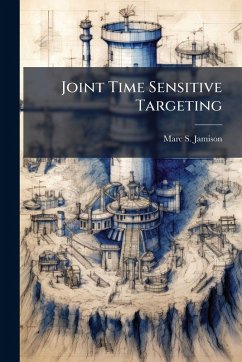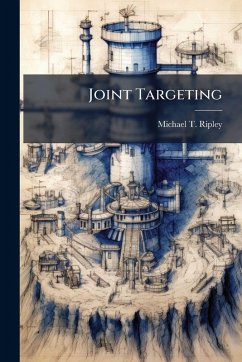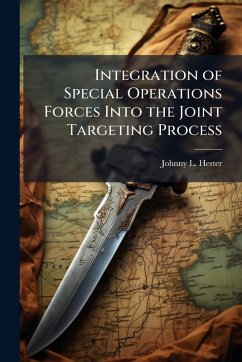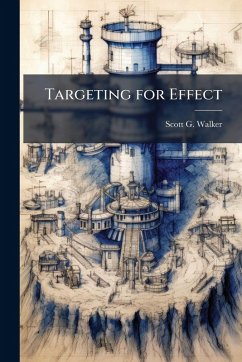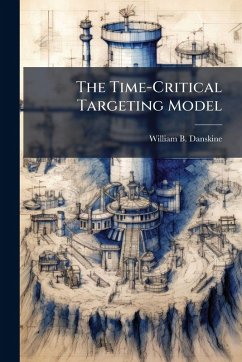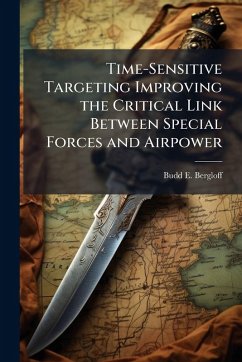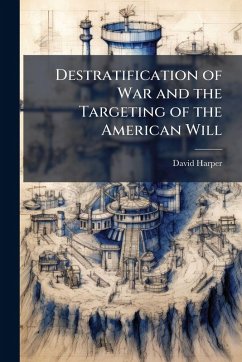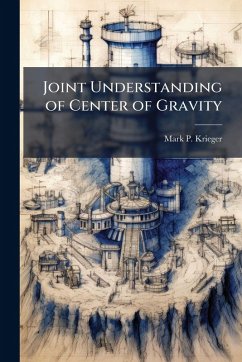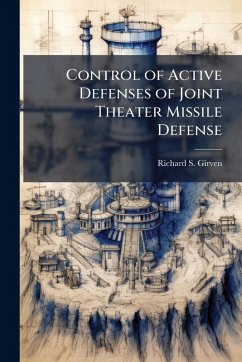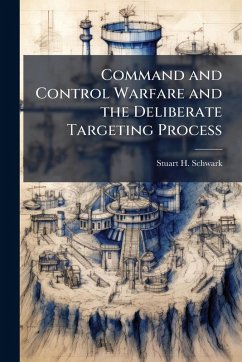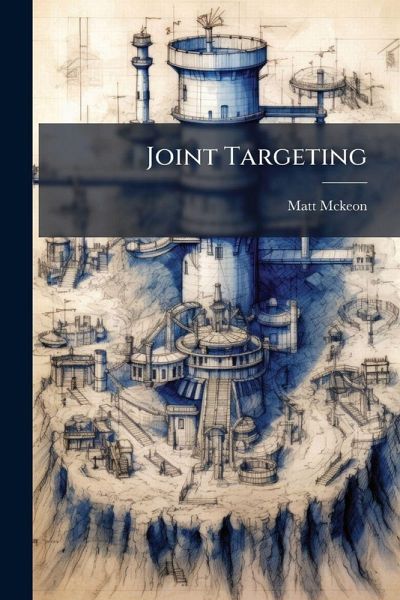
Joint Targeting
Versandkostenfrei!
Versandfertig in über 4 Wochen
17,99 €
inkl. MwSt.
Weitere Ausgaben:

PAYBACK Punkte
9 °P sammeln!
Joint targeting is a process that synchronizes all operational level targeting activities in support of the theater commander. The centerpiece of operational targeting is the joint targeting cycle, which is a six-step problem-solving methodology designed to derive rational targeting solutions from the theater commander's objectives and guidance. The purpose of this study is to expose the recurring deficiencies that pervade the joint targeting cycle so that meaningful steps may be undertaken to improve the process. This study analyzes the joint targeting cycle from the perspective of three dist...
Joint targeting is a process that synchronizes all operational level targeting activities in support of the theater commander. The centerpiece of operational targeting is the joint targeting cycle, which is a six-step problem-solving methodology designed to derive rational targeting solutions from the theater commander's objectives and guidance. The purpose of this study is to expose the recurring deficiencies that pervade the joint targeting cycle so that meaningful steps may be undertaken to improve the process. This study analyzes the joint targeting cycle from the perspective of three distinct scenarios: (1) major theater war (DESERT STORM), (2) limited theater war (DELIBERATE FORCE), and (3) a small-scale contingency operation (DESERT STRIKE). Following a brief overview of the targeting architectures in each scenario, the investigation takes aim at the deficiencies that degraded the effectiveness of the joint targeting cycle. The evidence uncovered in the three case studies leads to the following conclusions: first, the inability to translate objectives and guidance into congruent targeting activities is a recurring deficiency within the joint targeting process; second, target analysis inadequately supports the joint targeting process; last, combat assessment does not provide meaningful and timely bomb damage assessment (BDA). This work has been selected by scholars as being culturally important, and is part of the knowledge base of civilization as we know it. This work was reproduced from the original artifact, and remains as true to the original work as possible. Therefore, you will see the original copyright references, library stamps (as most of these works have been housed in our most important libraries around the world), and other notations in the work. This work is in the public domain in the United States of America, and possibly other nations. Within the United States, you may freely copy and distribute this work, as no entity (individual or corporate) has a copyright on the body of the work. As a reproduction of a historical artifact, this work may contain missing or blurred pages, poor pictures, errant marks, etc. Scholars believe, and we concur, that this work is important enough to be preserved, reproduced, and made generally available to the public. We appreciate your support of the preservation process, and thank you for being an important part of keeping this knowledge alive and relevant.



